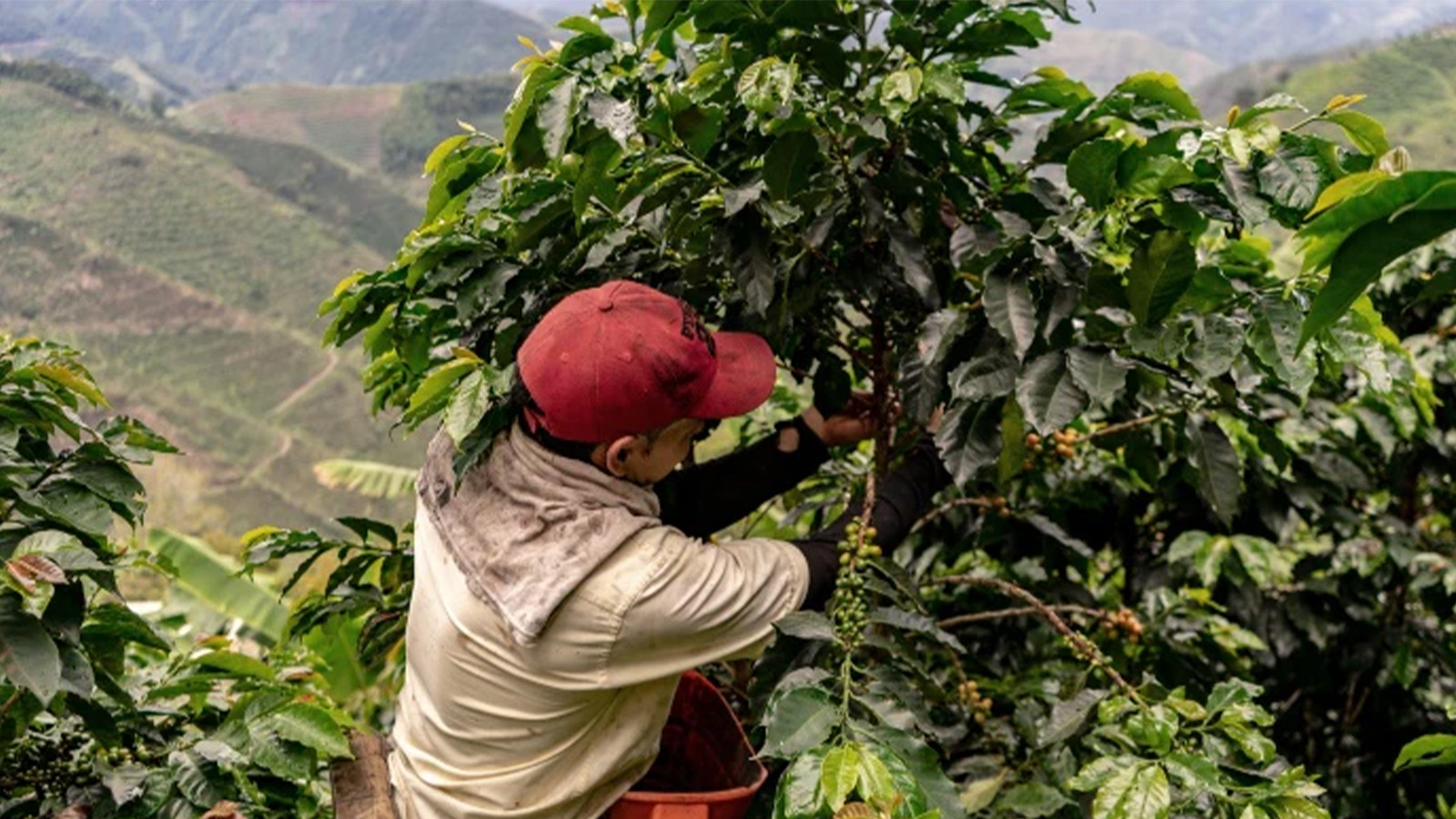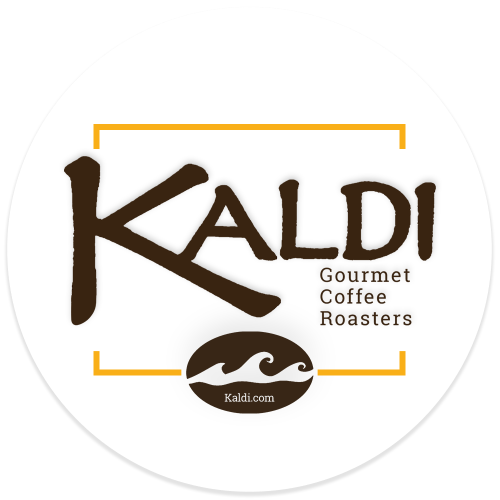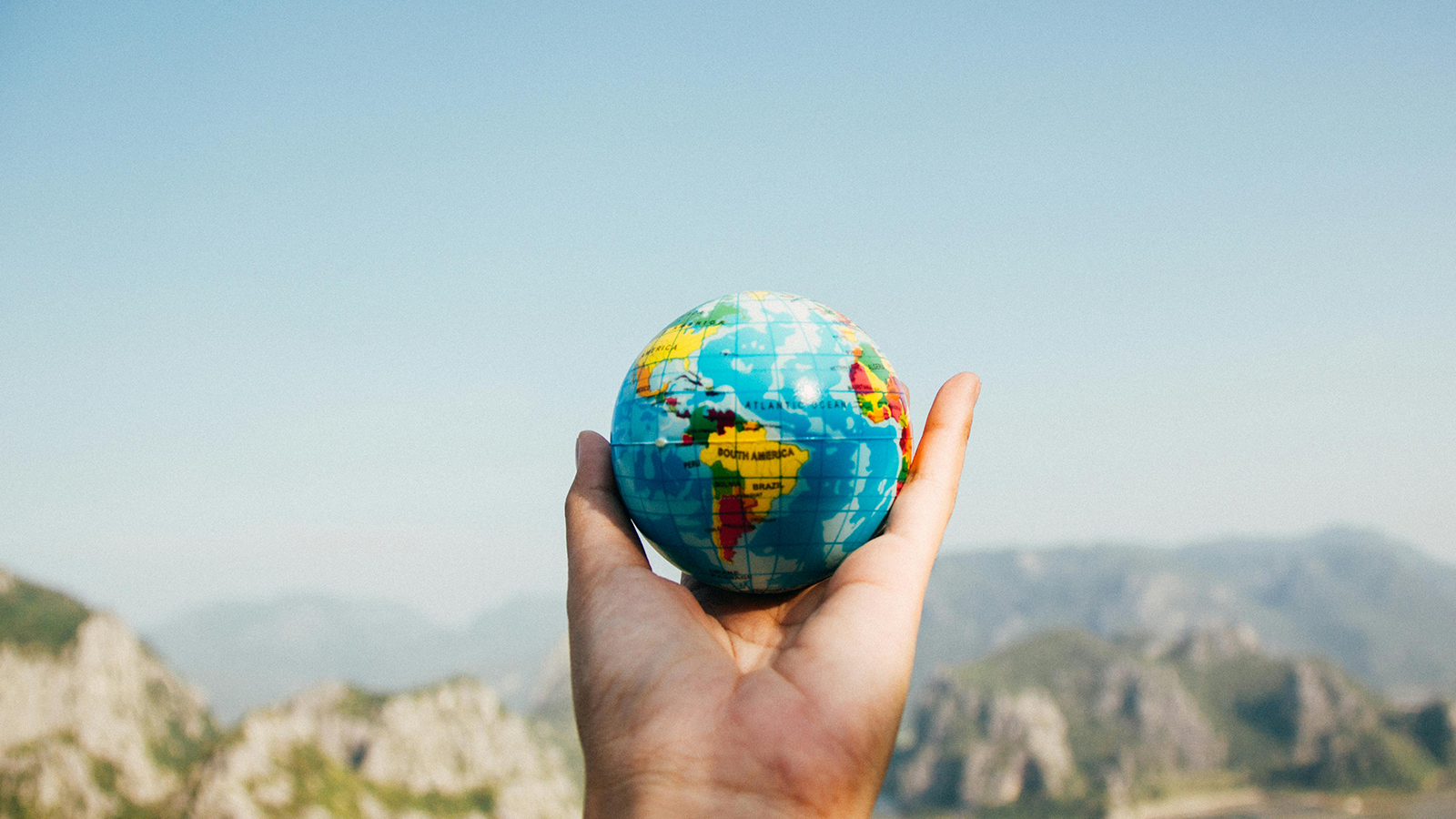Why We Crave Colombian Coffee

Sweet, acidic Colombian coffee accounts for 16% of all the coffee distributed throughout the world, with over a third of it being sent to the US. What makes us crave the Colombian bean? How did its presence become so prominent in our coffee shops and grocery stores? Turns out, Colombians take their coffee to new heights (literally).
January 31, 2024
|
View: 116
|
Categories: Wholesale Coffee Beans
|
By: Emilia Torello | Director of Marketing
|
Modify By: Technical Service at February 5, 2024











